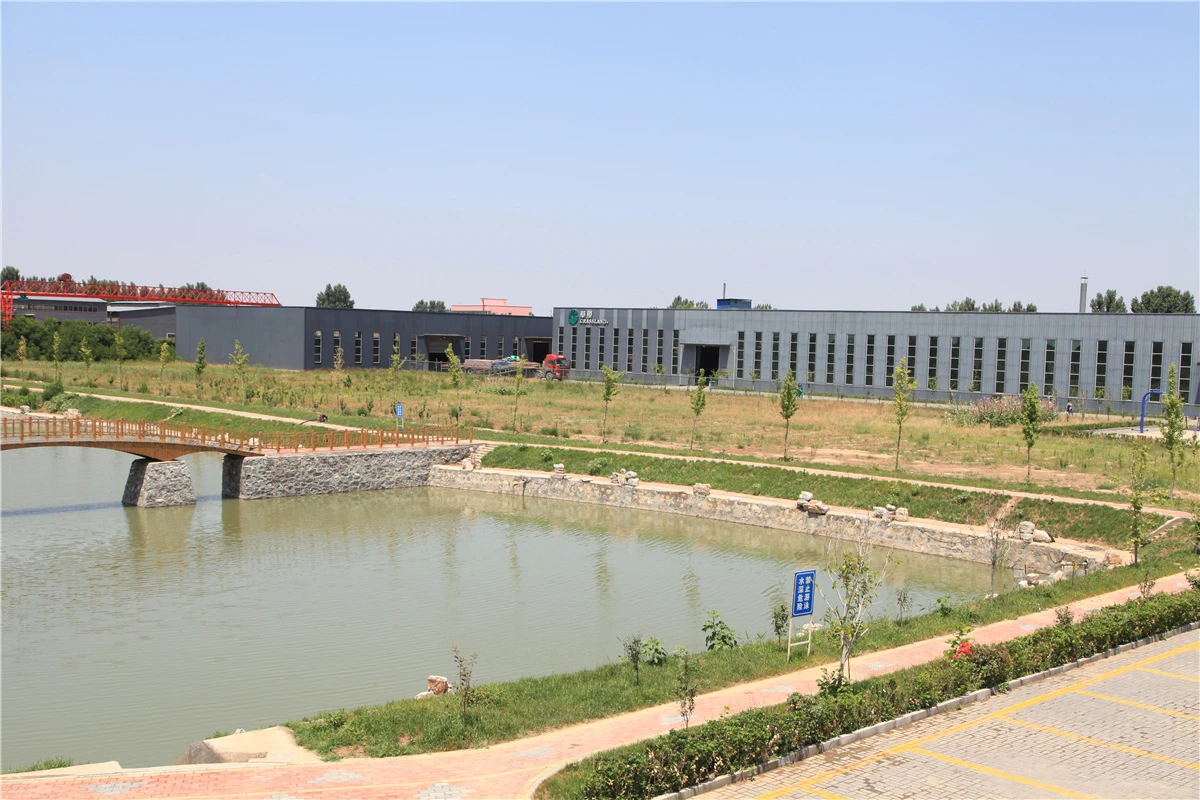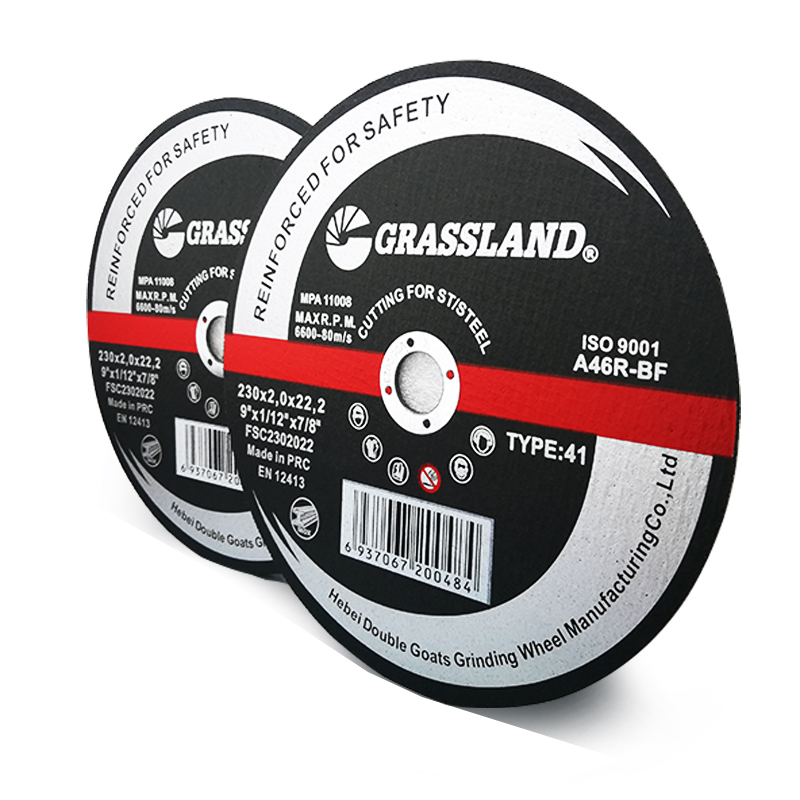Understanding Grinding Wheel Materials A Comprehensive Guide
Grinding wheels are essential tools utilized in various industrial and manufacturing processes, serving primarily to shape, sharpen, or finish materials. The quality of the grinding wheel plays a significant role in achieving desired results, and this quality is largely determined by the materials used in their construction. Understanding these materials is key for professionals in machining, fabrication, and maintenance sectors.
Types of Grinding Wheel Materials
1. Aluminum Oxide (Alox) One of the most common materials used in grinding wheels, aluminum oxide is valued for its versatility and durability. It is particularly effective for grinding ferrous metals and is available in several forms, including white aluminum oxide, which is purer and softer, delivering a finer finish and less heat generation.
2. Silicon Carbide This material is harder than aluminum oxide and is predominantly used for non-ferrous metals and materials like glass, ceramics, or stone. Silicon carbide grinding wheels tend to be more brittle and are typically available in black (general purpose) and green (for a finer finish). Their sharp cutting edges make them suitable for applications requiring precision.
3. Diamond Recognized for its exceptional hardness, diamond grinding wheels are manufactured specifically for precision grinding applications. They are ideal for grinding materials such as carbide, ceramics, and other hard substances. Although diamond wheels are more expensive, their longevity and efficiency often justify the cost, particularly in high-speed applications.
4. Cubic Boron Nitride (CBN) As the second hardest material after diamond, CBN is typically used in grinding hard ferrous metals. CBN wheels are significantly long-lasting and reduce the need for constant wheel changes. These wheels are preferred in applications like automotive engine grinding and tool sharpening.
grinding wheels material

5. Resin Bond, Vitrified Bond, and Metal Bond The bond material is equally significant in wheel durability and performance. Resin bond wheels are more flexible and used for general-purpose grinding. Vitrified bonds provide a rigid structure and are used for providing a fine finish on precision parts, while metal bond wheels are exceptionally durable and are often used in high-load applications, such as diamond grinding.
Factors Influencing the Choice of Grinding Wheel Material
Selecting the right grinding wheel material involves considering various factors such as the type of material being worked on, the desired finish, heat generation, and wheel life. For instance, when grinding soft materials, a harder wheel might produce too much heat, leading to potential damage. Conversely, softer wheels work best on tougher materials to ensure efficient cutting without excessive wearing.
Conclusion
The choice of grinding wheel material can drastically influence the efficiency, effectiveness, and outcome of grinding operations. Understanding materials such as aluminum oxide, silicon carbide, diamond, and CBN, along with their respective applications, allows professionals to make informed choices tailored to specific tasks. Moreover, selecting the appropriate bond for the grinding wheel enhances its performance based on the machining environment and the material being processed.
In industries where precision and quality are paramount, selecting the right grinding wheel material is not merely an option; it is essential. As technological advancements continue to evolve grinding processes, staying informed about materials and their applications will remain crucial for achieving superior performance and results in any grinding operation. By investing in the right grinding wheel, manufacturers can not only enhance productivity but also ensure higher quality in the finished products.
Post time:Dec - 17 - 2024

















